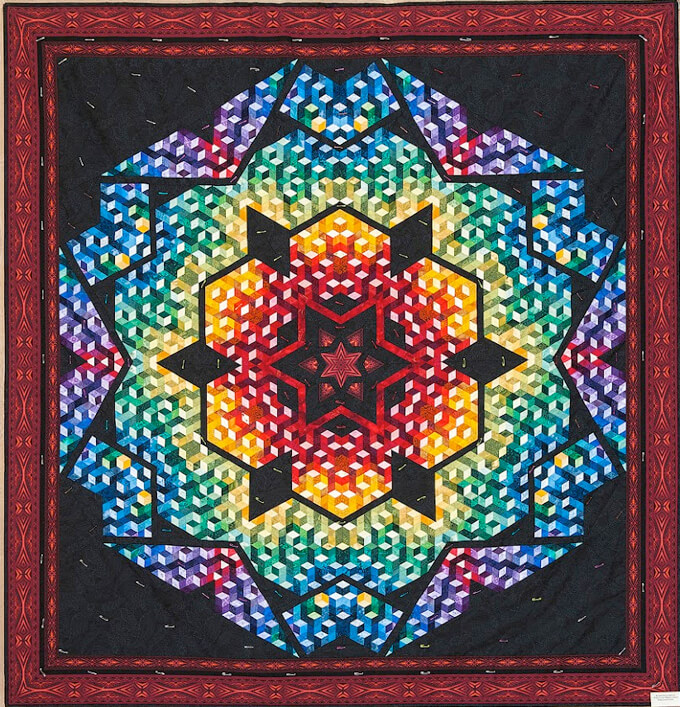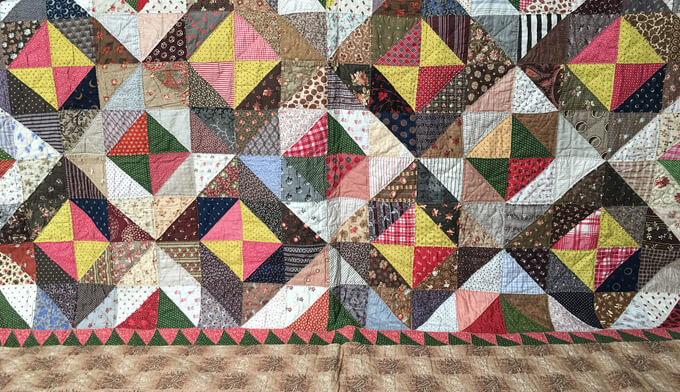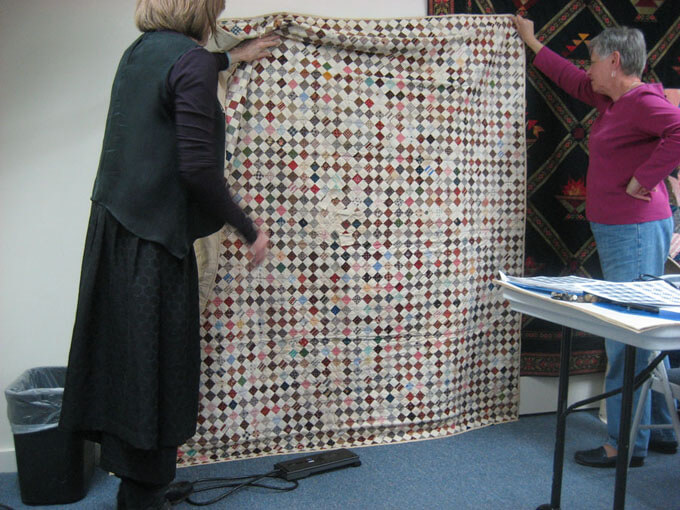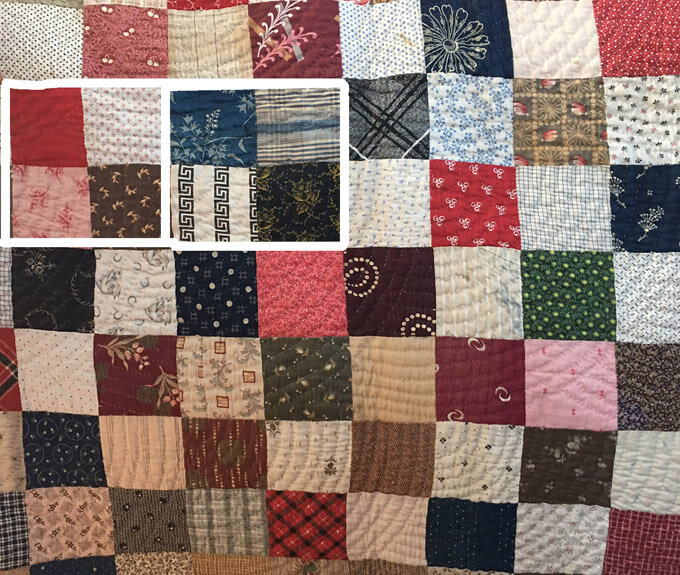

(All photos courtesy of Sign Maksym Kapusta)
As I watch the terrifying events taking place in Ukraine, I can’t help but be devastated by all that is happening in that beautiful country. I have gone to Kyiv several times through the years to teach and was always impressed with the talent of the quilters in my classes. I worry about their safety and think of the many friends I have made there through the years.
I want to share part of a message from one of my Ukrainian friends, Lena, along with pictures Lena’s husband took of the amazing quilts she and her fellow quilters have made so that you can have a connection to those students as well. In Lena’s message, she speaks of thanks for the concern we have for her country and of her fellow quilters who I got to know on my visits there and then describes her life now.

It seems that of everyone you could know in Kyiv, I was left alone…some went to Lviv and some to other Western parts of the country. My family did not have such an opportunity and we were forced to stay in the very heart of Kyiv, me and my husband Maxim. My mother also remained in Kyiv, but to my great regret, we are separated from her by the Dnieper River, and the bridges are closed for the duration of the war.

So far, everything is fine with me, there are still a lot of food supplies, there will be enough medicines for several months. I’m at home, dressed to go out, waiting for the bombing. We don’t have a basement or a bomb shelter here. There is a nearby Fairmont hotel with underground parking. And there is a metro station within a five-minute walk, but it is not deep. In addition, the sirens warning of the bombing stopped working.

We very much feel the support of the whole world, including the Americans, and this warms our souls.
You won’t believe it, but when I think that a bomb might hit my house, I don’t think it will kill me, but what will happen to my supply of fabrics and my quilts. I am especially worried about the quilt that I dedicated to you.
Lena

To many, it would seem silly to worry about your quilts and fabric at time like this but many a quilter would understand how Lena feels about the possibility of leaving it all behind. Our hearts and souls have been stitched into those quilts which contain fabrics that we collected along the way…another part of the journey.






























































